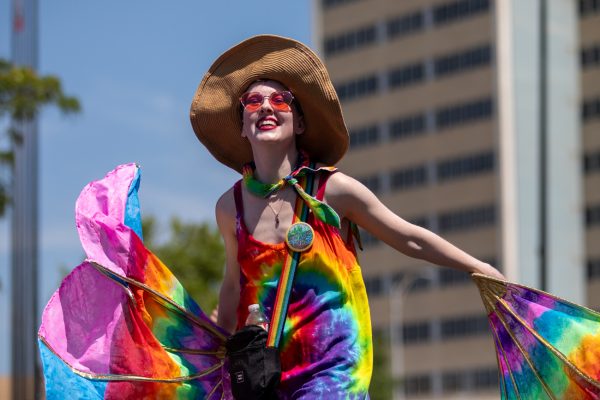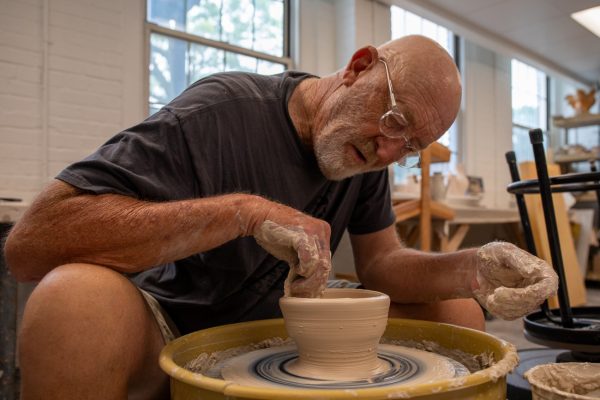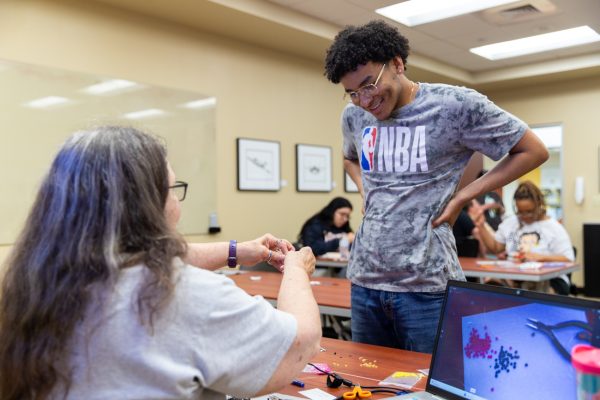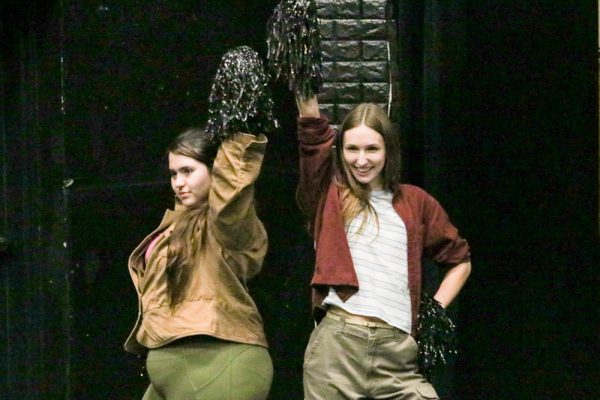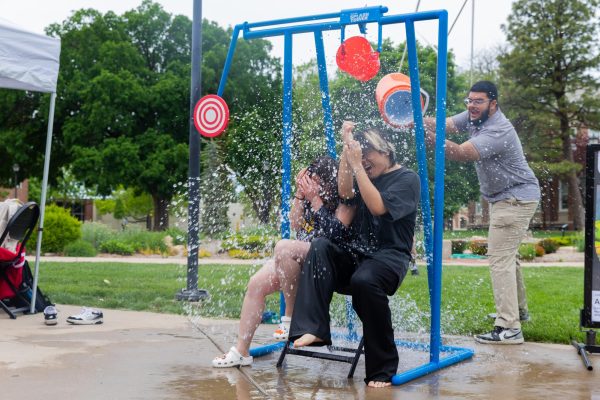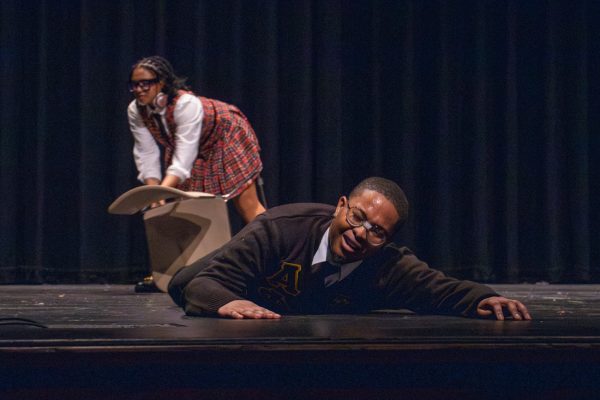Immersive exhibit addresses oppression, privilege
Privilege, power, and hate crimes fill the multi-sensory experience of the “Tunnel of Oppression,” a simulation exhibit showing in the Office of Diversity and Inclusion Monday and Tuesday.
As participants walk through a simulated tunnel, they will be confronted with sights and sounds intended to display oppression of marginalized groups.
“We are seeing more hate crimes, particularly in our own community, and we are always talking about this thing called ‘privilege,’ but there is a common misconception about it,” Assistant Director of the Office of Diversity and Inclusion Danielle Johnson said. “This experience is meant to arouse all of your senses about these issues.”
Johnson said the tunnel might include disturbing images and sounds. She said the purpose of this multi-sensory experience is to create an emotional response in the participant.
The concept of the tunnel, which originated at Western Illinois University, was inspired by the Holocaust Museum in Washington D.C. and the Museum of Tolerance in Los Angeles.
Participants can expect audio, video, and acting from students, addressing such issues as homophobia, transphobia, sexual assault, racism, negative body image, and ableism.
Johnson said she is inspired when students say they want to be part of the cause.
“I’ve had students come up to me and said they didn’t realize this was happening and they wanted to be more aware and part of the conversation,” Johnson said. “This has been the most inspirational part of the Tunnel.”
The exhibit is on display Monday and Tuesday in the Office of Diversity and Inclusion, located in the Rhatigan Student Center in Suite 208. The tours run every thirty minutes.
“The main object of this exhibition is for students to recognize their privilege, and recognize oppression,” Johnson said. “I am also aware that are people that are going to say this is dumb and will ask ‘Why do you keep bringing up oppression?’ but people are opened to learning and having an open conversation like this needs to happen in order for change to take place.”
Fiona Kee was a reporter for The Sunflower. Kee was born in Tampa, Florida, but was raised in Rawang, Malaysia.




